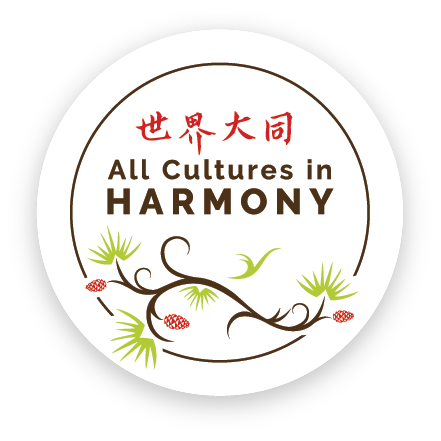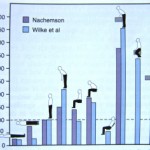The Dragon's Head Blog
Beneficios sobre la Salud
Testimonial: Full Range of Motion Regained in Spine
In celebration of our 40th anniversary, we asked members around the world to share how the Taoist Tai Chi® arts have affected their lives. “When I started practicing the Taoist Tai Chi® arts I had extremely restricted head movement due to calcification of my upper spine. Within four months I had regained full range of […]
Notes on Anatomy and Physiology: More On The Ties That Bind
In the tor yu, the hands draw out the spine – as the body sends out the hands. To better understand this interplay, let’s examine further the whole body continuities that tether the upper limbs to the rest of the body. You recall that last time we examined the lines of pull created by the […]
Notes on Anatomy and Physiology: The Intervertebral Discs
The intervertebral discs play a key role in the life of the healthy spine. Their degeneration is a frequent cause of pain and disability, and a herniated lumbar disc represents the most common reason adults end up with back surgery. And many students first come to the Taoist Tai Chi® arts because of persistent back pain. […]
Notes on Anatomy and Physiology: Slings at the Front, Slings at the Back
For awhile now, we’ve been delineating hand to foot continuities that run throughout the body, providing strength, flexibility and a more developed sense of one’s body in space as they unfold. These patterns of uninterrupted flow, created by sequences of muscle, tendon, fascia and bone, come and go with movement. We saw, last time, how motion […]
Notes on Anatomy and Physiology: Function of the Thoracolumbar Fascia, Part 2
In the last note, we learned that bending forward with the low back in Step Up and Punch or Push Needle to Sea Bottom reverses the normal lumbar lordosis, lengthens the thoracolumbar fascia, tautens its fibers and stores elastic energy. We saw that simply letting the weight settle in the don yu , tor yu and set causes […]
Notes on Anatomy and Physiology: Getting the Feel of Tensegrity
We’ve spoken recently of how the body makes use of tensegrity to help hold itself together. We stretch out our soft tissues and they resist further expansion and create a sea of continuous tension that tugs on and supports the bones suspended within it. Soft tissue and bone working together. Because the soft tissues resist […]
Notes on Anatomy and Physiology: Function of the Thoracolumbar Fascia, Part 1
Today we want to take another look at the purposes served by our thoracolumbar fascia during the activities of a normal day. The first thing to point out is that western medicine has only discovered the functional significance of this fascial sheet over the last 40 years. And yet the ancient art we practice has […]
Notes on Anatomy and Physiology: Spinal Stenosis
Our most recent discussion concerned degenerative disc disease in the lumbar spine, a problem common to modern-day humans. Given the many moving parts that make up the spine, it is not surprising that there are a number of causes for low back and leg pain. The spinal cord and its meningeal wrappings, the vertebrae themselves, the facet […]
Notes on Anatomy and Physiology: Degenerative Disc Disease
Let’s continue with the examination of intervertebral discs begun in the last post. This will also give us a chance to examine some of the normal changes associated with aging of the spine and to have a look at degenerative disc disease, a difficulty frequently encountered in the lumbar region. Many mysteries remain about how […]
Notes on Anatomy and Physiology: Teaching Our Art in a Nursing Home
Not quite seven years ago, a well-known Australian geriatrician and member of the Taoist Tai Chi Society, Dr. Dick Lefroy, sent me a tape of people practicing the Taoist Tai Chi® arts. All were residents of a long-term care facility. Each was dealing with dementia or with another disabling medical condition such as motor neuron […]
Notes on Anatomy and Physiology: The Spinal Ligaments – Holding All The Parts Together
Thus far we have been introduced to a number of the components of the spinal column – the vertebrae themselves, the intervertebral discs and the facet joints. We have looked briefly at both lumbar disc disease and spinal stenosis and gained a sense of how these conditions affect, and are affected, by posture and movement in […]
Mostrando resultados



